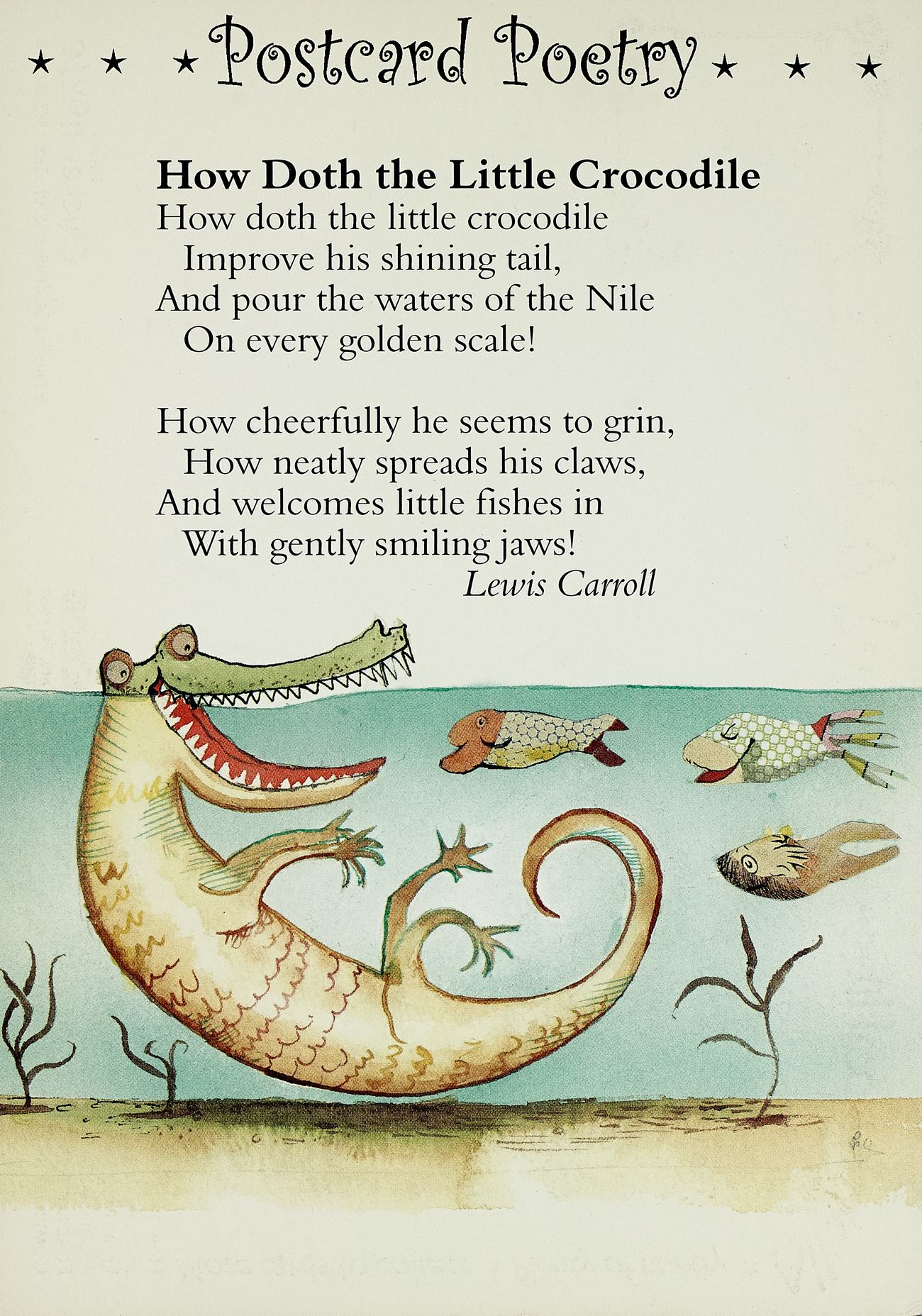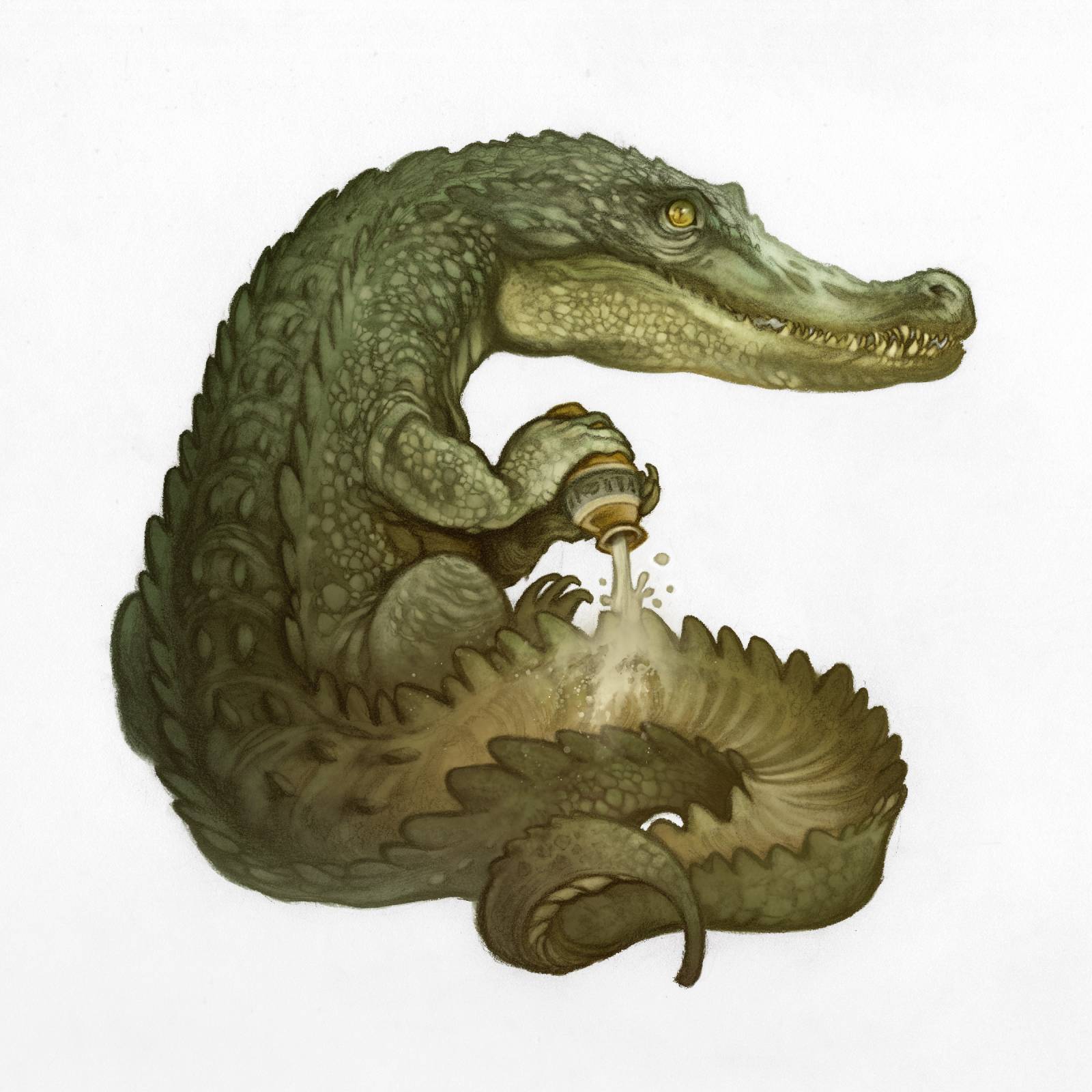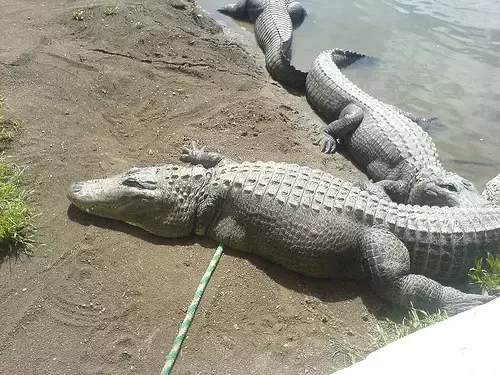How Doth the Little Crocodile

How doth the little crocodile improve his shining tail and pour the waters of the Nile on every golden scale. This poem explores the cunning and deceptive nature of the crocodile as it welcomes little fishes in with its gently smiling jaws.
Inspired by the poem “How Doth the Little Busy Bee,” Lewis Carroll’s “How Doth the Little Crocodile” delves into the themes of appearances and motives. The crocodile’s cheerful grin and neatly spread claws expose the inherent complexities of trust and judgment based solely on outward appearances.
As readers, we are reminded to be cautious and observant, not easily swayed by surface-level charm. We will analyze the meaning and moral of this thought-provoking poem.

Credit: www.carleton.edu
Analysis Of The Poem
“How Doth the Little Crocodile,” the crocodile’s behavior is
interpreted as crafty and deceptive. The poem has a deeper meaning that reflects on human behavior and the judgments we make based on appearances. The crocodile’s actions are analogous to human behaviors, cautioning us against making hasty judgments.

Credit: commons.wikimedia.org
Significance Of The Moral
Understanding the moral of the poem “How Doth the Little Crocodile” is essential for applying it to everyday life. The poem teaches us that we should not judge someone solely based on their outer appearance. Instead, we should be cautious and observe their behavior before trusting them. It reminds us to understand the motives behind people’s actions and not be deceived by their seemingly pleasant demeanor. Just like the crocodile in the poem, who spreads its claws and smiles gently as it welcomes little fishes, people may hide their true intentions behind a friendly facade. By being vigilant and discerning, we can avoid falling into traps or being taken advantage of.
Comparison With Other Poems By Lewis Carroll
The poem “How Doth the Little Crocodile” by Lewis Carroll can be compared to other works by the same author in terms of themes and style. In other works by Carroll, such as “Twinkle, Twinkle, Little Bat,” “You Are Old, Father William,” and “‘Tis the Voice of the Lobster,” similar themes of whimsy, imagination, and anthropomorphic animals can be found. However, each poem also has its own unique style and message.
The themes of the poems often revolve around fantastical creatures and situations, with a touch of moral lessons and satire incorporated. The poems are characterized by vivid imagery, playful language, and a rhythmic structure. Carroll’s poems appeal to both children and adults, as they are filled with clever wordplay and hidden meanings.

Credit: www.muddycolors.com
Cultural And Historical Context
The poem “How Doth the Little Crocodile” is deeply rooted in the cultural and historical context of the Victorian era. The influence of this period is evident in the portrayal of cunning and deception, reflecting the darker aspects of society during that time. Additionally, the relevance of the poem in today’s society is notable as it serves as a timeless reminder of the importance of not judging solely based on outward appearances and the need for cautious observation of behavior.
Frequently Asked Questions Of How Doth The Little Crocodile
What Is The Moral Of The Poem How Doth The Little Crocodile?
The moral of the poem “How doth the little crocodile” is that we should not judge someone based solely on their outside appearance. We should be cautious about who we trust and observe their behavior. It is important to try to understand others’ motives behind their actions.
How Doth The Little Crocodile Improve His Shining Tail And Pour The Water Of The Nile On Every Golden Scale?
The little crocodile improves his tail and pours water on his golden scales with a cheerful grin and smiling jaws.
What Is The Main Idea Of The Poem The Crocodile?
The main idea of the poem “The Crocodile” centers on showcasing the crocodile’s virtues such as cunning, deception, and predation in a prominent light. These themes are also prevalent throughout the novel in which the poem was published.
Who Wrote The Poem The Crocodile?
The poem “The Crocodile” was written by Lewis Carroll. It depicts the cheerful and cunning nature of a crocodile, using vivid imagery of its smiling jaws and golden scales.
Conclusion
In the poem “How Doth the Little Crocodile,” Lewis Carroll uses vivid imagery to convey a deeper message about appearances and behaviors. The poem reminds us not to judge solely on the surface, emphasizing the importance of observing motives and intentions.
It serves as a thought-provoking piece that encourages careful consideration in our interactions.
Also Worth Reading:
- Are There Crocodiles in Arizona
- Are There Crocodiles in Aruba
- Are There Crocodiles in Bacalar
- Are There Crocodiles in Belize
- Are There Crocodiles in Cancun
- Are There Crocodiles in Fiji
- Are There Crocodiles in Hawaii
- Are Alligators Or Crocodiles in Florida
- Are Crocodile Skinks Good Pets
- Are Crocodiles Afraid of Hippos



